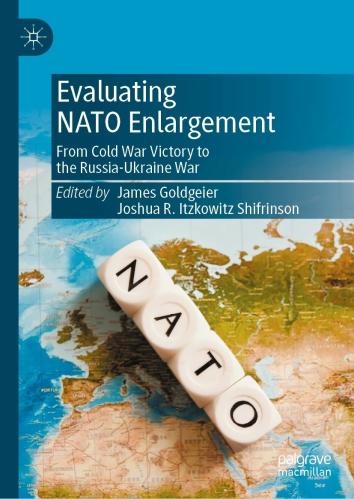As President Trump’s overseas trip enters its European phase, a just-released survey from the Pew Research Center finds that support for NATO, which Mr. Trump once labelled “obsolete,” has rebounded on both sides of the Atlantic. Nearly four-fifths of Polish and Dutch citizens have a favorable view of the alliance. Favorable views in most other alliance members range from 60 to 67 percent and stands at 62 percent among Americans. Spain is the outlier, with a support level of only 45 percent.
There is a structural difference between public sentiment toward NATO in Europe and in the United States. Throughout Europe, citizens who identify themselves as leaning toward the right are more likely to support NATO than are those who lean left. In the United States, by contrast, fully 81 percent of liberals are pro-NATO, compared to only 48 percent of conservatives.
As recently as 2016, only 58 percent of U.S. liberals expressed a favorable view of NATO, 23 points lower than the most recent finding. The current magnitude of the ideological gap in the United States, which has risen from 10 points last year to 33 points today, seems to reflect a “Trump effect.” So does the partisan gap between Democrats and Republicans, which rose from just 6 points in 2016 to 31 points today. Most of this change reflects a 20-point surge in support for NATO among Democrats.
During his campaign, Mr. Trump suggested that U.S. support for NATO members under military attack might be conditional on these members’ willingness to meet agreed-on standards for defense expenditures. These statements had little discernible effect on our European allies’ confidence that the U.S. would defend them if they got into a serious military conflict with Russia. Substantial majorities in every NATO nation Pew surveyed expressed their belief that the U.S. would come to their aid. Indeed, the Poles are significantly more confident of U.S. support than they were in 2015.
Whether our allies are firmly committed to their own mutual defense obligations under Article V of the NATO treaty is another matter. Strong majorities in the Netherlands, Poland, the United States, and Canada endorse this commitment. The French are more narrowly favorable, with 53 percent supporting their Article V obligation and 43 opposed. Publics in Spain and the U.K. split down the middle. And strikingly, only 40 percent of Germans believe that they should come to the aid of a NATO ally facing Russian attack, while 53 percent are opposed.
In every country surveyed, citizens who see Russia as a serious threat were more likely to support mutual defense obligations than were those who did not view Russia in this light. The gap between these two groups is wider in the United States than in any other country. It seems plausible that allegations of Russian interference in the U.S. presidential election has intensified Democrats’ belief that Russia represents a threat to the United States, which has contributed in turn to their increased support for the responsibilities of NATO membership.
The Brookings Institution is committed to quality, independence, and impact.
We are supported by a diverse array of funders. In line with our values and policies, each Brookings publication represents the sole views of its author(s).











Commentary
Polling Spotlight: Despite Trump’s skepticism, public support for NATO has grown
May 23, 2017